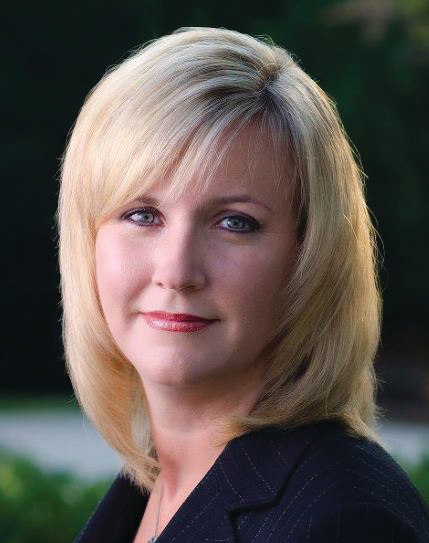Accounting
The 21st Century Accountant – A Q&A with Jennifer Warawa
This article appeared along with, "Will You Succeed as a 21st Century Accountant?" In this installment, Gail interviewed Jennifer Warawa, VP and General Manager of Sage Accountant Solutions.
Sep. 12, 2014

This article appeared along with, “Will You Succeed as a 21st Century Accountant?” In this installment, Gail interviewed Jennifer Warawa, VP and General Manager of Sage Accountant Solutions.
CPAPA: In what ways do technology-savvy accountants work with their clients that they couldn't do before?
JW: Tech-savvy accountants are utilizing new solutions, especially cloud solutions, to make real-time recommendations for their clients, and those recommendations extend way beyond just compliance and tax. For example, they can advise a client that when they see a cash-flow issue on the horizon before it even happens. By having anytime, anywhere access to real-time client financial data, the accountant is better positioned to become a true partner and more valued advisor to their client. This allows the accountant to take on a more active role in the client’s business, such as business planning, development of budgets or providing feedback on an upcoming marketing campaign. The possibilities are endless, and the real enabler for the accountant developing this repertoire is technology.
CPAPA: How does cloud make a difference?
JW: Cloud is everything to the 21st century accountant. Client demands are changing and we have a plan to meet these needs, and support accountants as they also meet these needs. The plan centers around utilizing cloud technology to connect with their clients, and ultimately their data, to drive deeper, more meaningful and impactful relationships with their clients. Utilizing cloud technology also positions the accountant as someone a young business owner will be attracted to, creating a whole new client profile, and revenue stream, for the firm.
CPAPA: How do you see the accounting model changing?
JW: Accountants can no longer stay relevant by offering the same old once-a-year tax services to clients. It has to be more than that. Clients want to work with someone year round, and with someone that can help them better manage their business. It can seem daunting to change everything about the current business model, but it’s becoming essential. It will likely take some time and some education, as it can be difficult to all of a sudden start offering value added services to clients. Firms must develop the necessary soft skills, and develop a realistic vision for what they want their firm to become. Building a vision and strategy for a firm’s business model and finding a good education program that can help them get started on the path to success are two key elements to supporting this transition.
CPAPA: What are the first steps toward moving to a 21st Century accounting practice?
JW: There is no shortage of amazing technology to help an accountant become a 21st century practice. What is equally important is how a firm uses technology to deepen their relationship with their clients. I believe the first step is building a vision for the firm, and then a strategy to how they will bring that vision to life. Adopting cloud technology alone does not make a firm innovative if they don’t innovate in the way they serve their clients.
